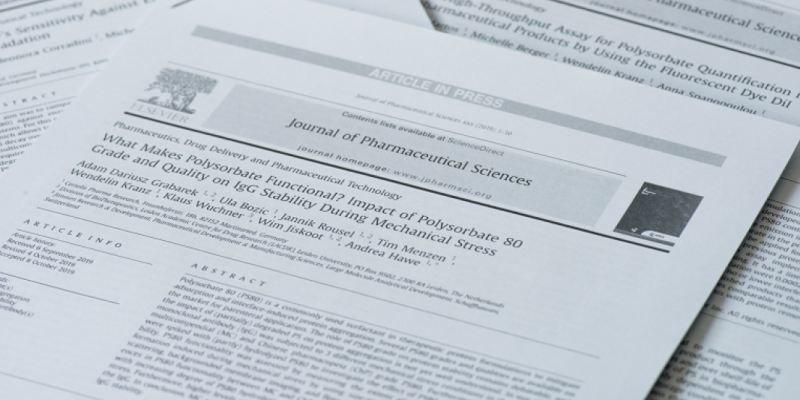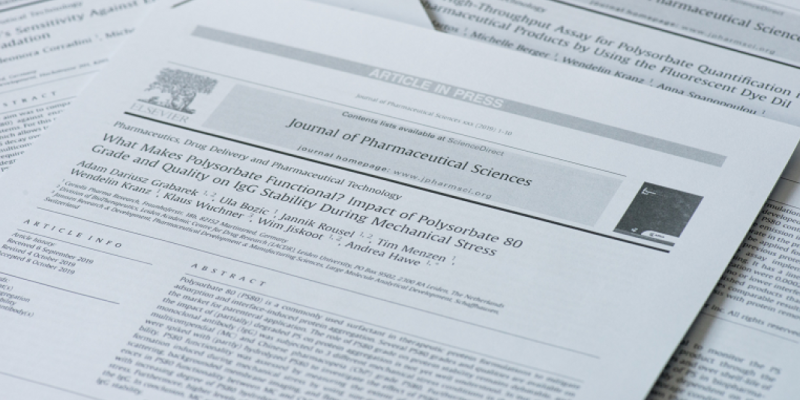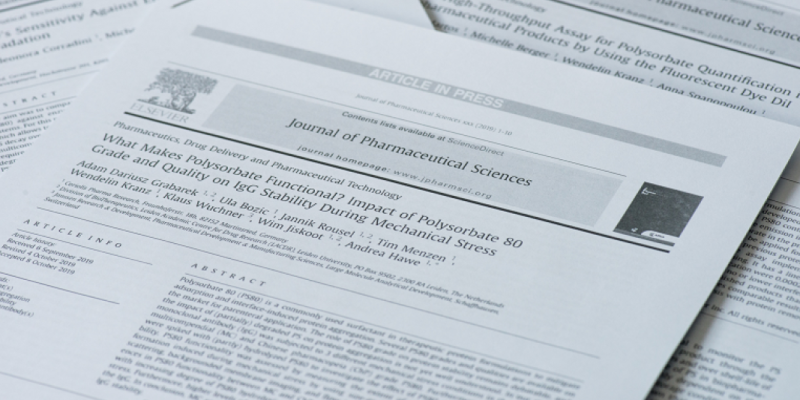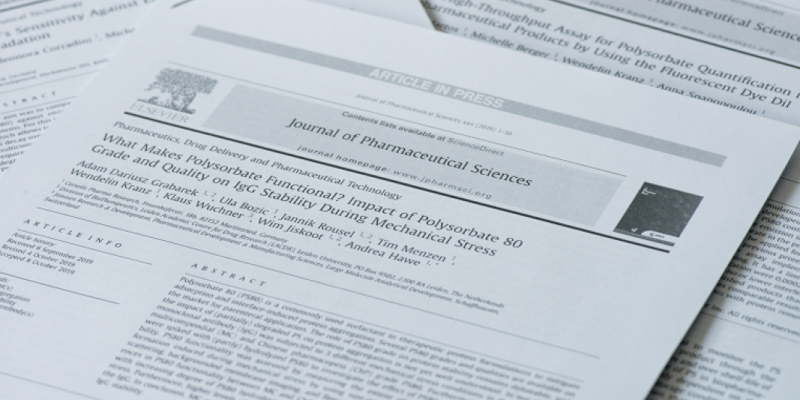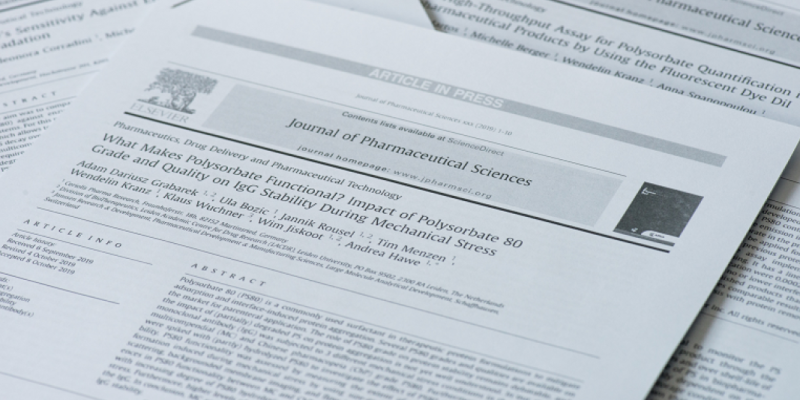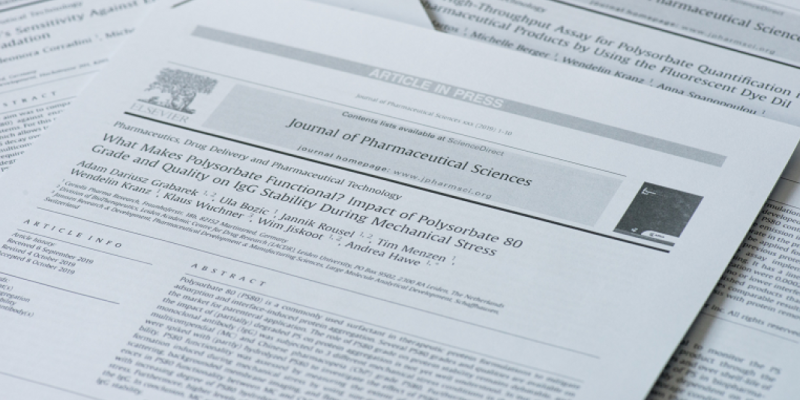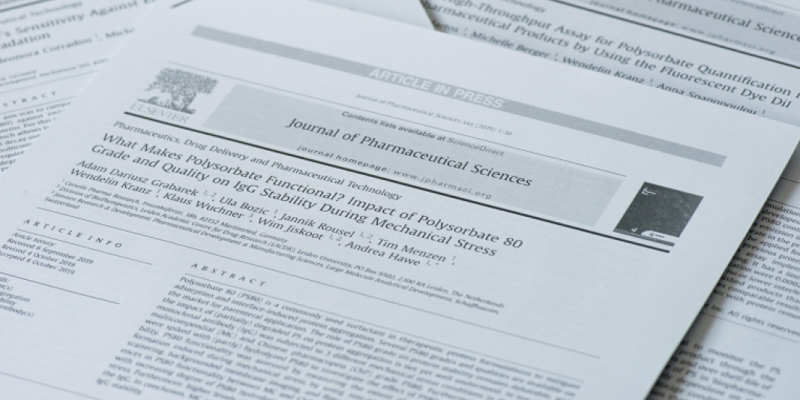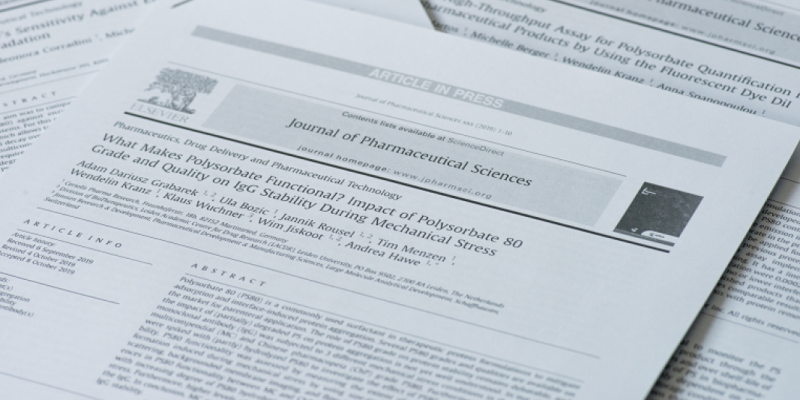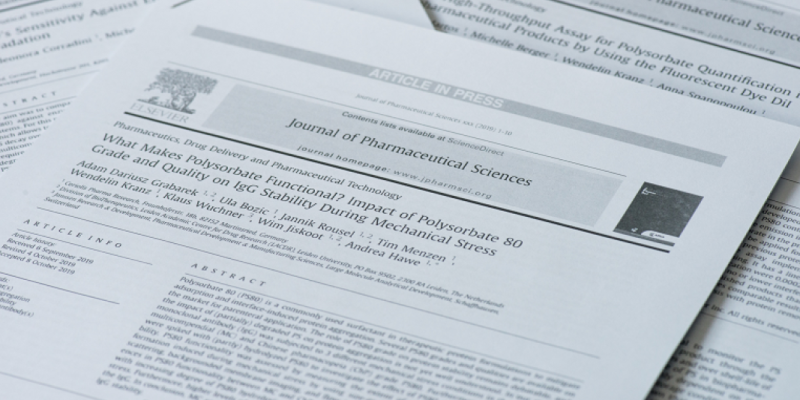Comparison of Syringes With Intravitreal Anti-VEGF Drugs: Particle Burden and Protein Aggregates in Brolucizumab, Aflibercept and Bevacizumab
Transl Vis Sci Technol. 2021 Aug
Purpose
In a benchwork particle counting analytical evaluation, the number and type of particles in intravitreal injection formulations of three different agents against vascular endothelial growth factor were investigated.
Methods
Commercially available ready-to-use aflibercept and brolucizumab glass syringes, vials containing bevacizumab (off-label use in ophthalmology), and repackaged ready-to-use plastic syringes containing bevacizumab were tested without filtration. Total visible, subvisible, and nanoparticles numbers and size distributions were quantified using light obscuration, flow imaging, resonant mass measurement (RMM), tunable resistive pulse sensing, and dynamic light scattering.
Results
Repackaged bevacizumab showed overall low particle numbers, aflibercept showed high numbers of micrometer sized particles but low nanoparticle numbers, brolucizumab showed low to moderate numbers of micrometer sized particles but high nanoparticle numbers. RMM measurements identified particles in the nanometer range as either proteinaceous or silicon oil; the nature of the other particles was not further evaluated.
Conclusions
Repackaged bevacizumab shows no inferior particle quality compared to ready-to-use products. It is relevant to study nanoparticle load of the products as the micrometer-sized particle numbers do not in all cases correlate to nanoparticle counts. Particularly for the high concentration product Beovu (brolucizumab), high nanoparticle numbers were found despite low numbers of micrometer sized particles. Silicone oil droplets did not account for high particle numbers as the measured numbers were low.
Translational Relevance
Different side effects are registered in different frequencies with different intravitreal anti-VEGF-drugs and syringes, which are applied by injection by small 30G needles through the sclera directly to the intravitreal cavity. The study of nanoparticles and silicone oil droplets may be able to contribute to narrowing down the causes.
Keywords: aflibercept, bevacizumab, brolucizumab, contamination, protein particles, silicone oil, intravitreal injection
Transl Vis Sci Technol. 2021 Aug


